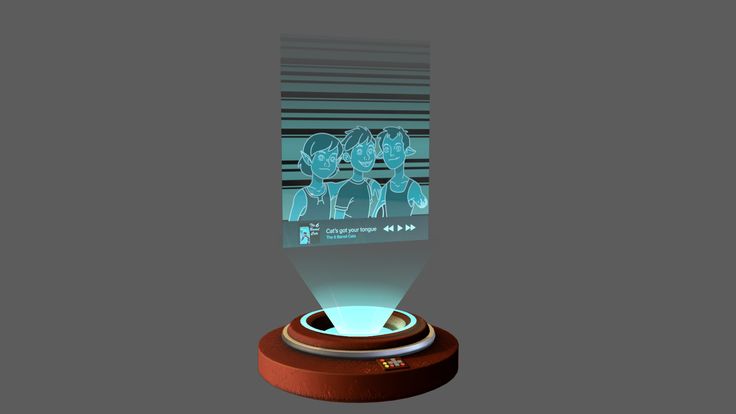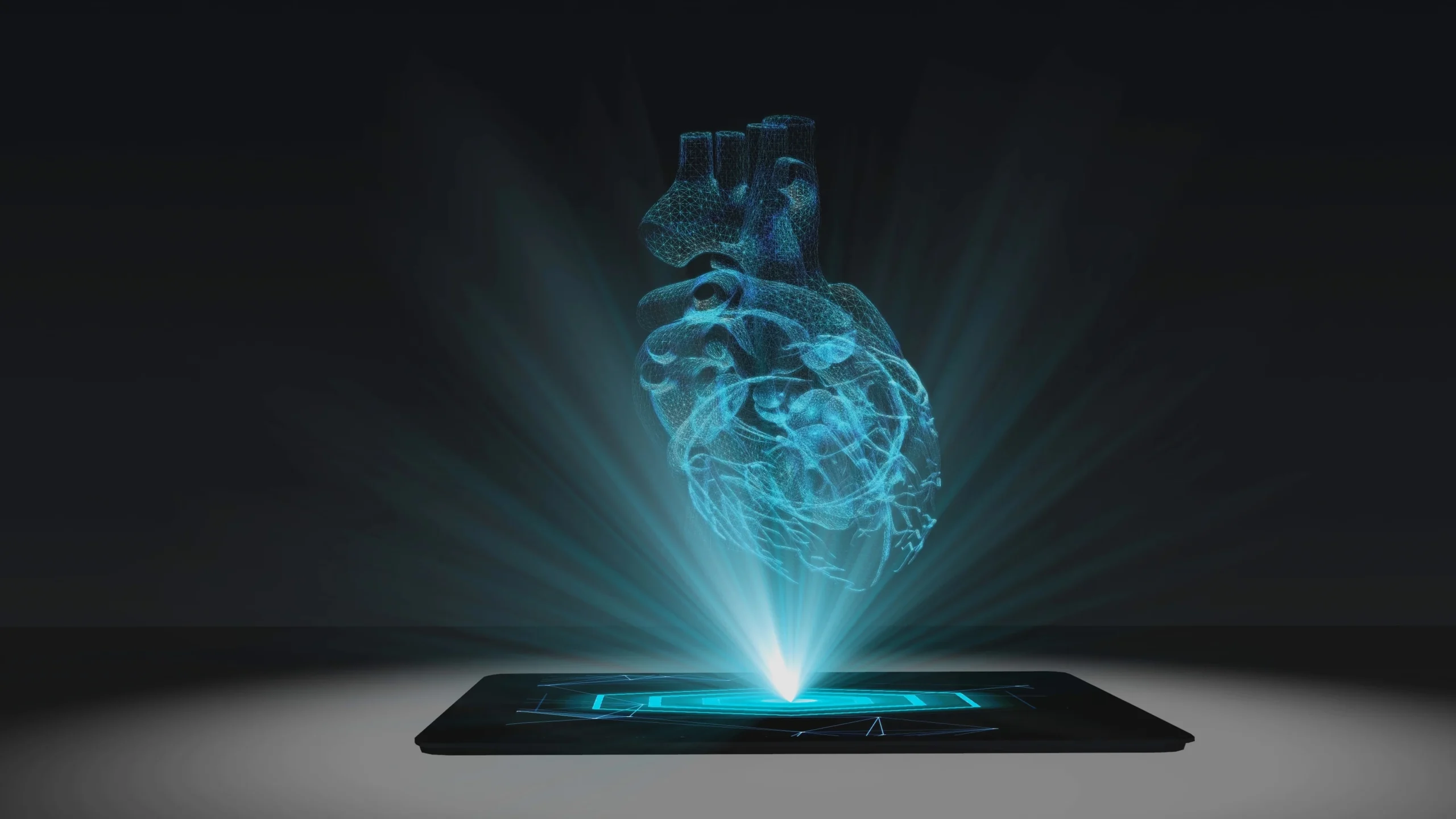What Is A Hologram Projectors|Technology, Types, & Uses
1. Introduction to Hologram Projectors
Hologram projectors have been a fascinating technology that has captured the world’s imagination due to their ability to create three-dimensional images that appear to float in space. These devices have found numerous applications across various industries, ranging from entertainment to healthcare and education. This article explores the mechanics of hologram projectors, their evolution, their applications, and the challenges that they face.
2. Understanding Holography
In order to understand hologram projectors, it’s important to first grasp the basic principle of holography. Holography is a method that captures light fields to produce three-dimensional images. This technique uses interference patterns and light diffraction to create a lifelike 3D representation of an object.
3. Evolution of Hologram Projectors
The history of hologram projectors can be traced back to the mid-20th century when scientists began experimenting with holography. The evolution of hologram projection technology has been remarkable, progressing from rudimentary setups to modern, sophisticated devices. Advancements in optics, computing power, and materials have revolutionized the technology.

4. Types of Hologram Projectors
Pepper’s Ghost is an early form of hologram projection that creates illusions using angled glass. This technique has been used in various theatrical performances and amusement attractions.Laser plasma hologram projectors are devices that use lasers to create plasma in the air, which then forms 3D shapes and images. These projectors have immense potential in creating vivid and dynamic holographic displays. Reflection hologram projectors, on the other hand, use lasers to create holographic images on photosensitive materials. These holograms can be viewed under suitable lighting conditions, providing an incredibly realistic 3D representation of objects.
5. Applications of Hologram Projectors
The use of hologram projectors has expanded to various fields, from entertainment and advertising to healthcare simulations and education, enhancing visual experiences and practical applications.
6. Challenges and Future Prospects
Despite their potential, hologram projectors face challenges such as high production costs, limited viewing angles, and technological constraints. However, ongoing research and innovation aim to overcome these hurdles, paving the way for more accessible and advanced holographic technologies.
7.Types of Hologram Projectors
Pepper’s Ghost is one of the earliest techniques used for creating holographic illusions. It involves the use of angled glass or plexiglass to reflect images, creating an illusion of a floating object or person. This method has been popular in theatrical performances, amusement attractions, and museums.
1. Pepper’s Ghost Hologram Projectors
The projector reflects an image onto an angled piece of glass or transparent surface, which then reflects the image towards the audience, creating the illusion of a ghostly or holographic figure.
Laser Plasma Hologram Projectors:
Laser plasma hologram projectors use lasers to ionize air molecules, creating a plasma effect. This plasma serves as a medium to display 3D images by rapidly heating and cooling the air at specific points, forming visible shapes and patterns.
Laser beams are directed into the air, causing localized heating and ionization, which creates the appearance of a glowing, three-dimensional image
Reflection Hologram Projector:
Reflection hologram projectors create holographic images on photosensitive materials. These holograms can be viewed under suitable lighting conditions and provide a realistic 3D representation of objects.
A laser beam splits and travels through a beam splitter, with one part hitting the object and the other hitting the photosensitive material. The light beams reflected off the object interfere with the reference beam, creating an interference pattern on the photosensitive material that reproduces the 3D image when illuminated properly.
Digital Holographic Projectors:
Digital holographic projectors utilize computer-generated holograms and various display technologies to project 3D images. These projectors often employ LCD or DLP panels to display holographic content created through complex algorithms.
They use digital data and algorithms to simulate the interference patterns of traditional holography, reconstructing the 3D image from a series of 2D images displayed rapidly on the screen. This method allows for dynamic and interactive holographic displays.
Electro-Holographic Projectors
Electro-holographic projectors create holographic images by modulating light with an electro-holographic display. These displays use electro-optical materials to manipulate the phase and amplitude of light waves to produce 3D images.
Electric signals control the optical properties of the material, altering the light passing through it to create a holographic effect. These projectors have potential in generating high-resolution, real-time holographic displays.
Each type of hologram projector has its unique characteristics, applications, and limitations. Advancements in technology continue to refine these methods, expanding the possibilities for holographic displays in various fields.
8.Uses of Hologram Projectors

Entertainment and Events:
Hologram projectors have revolutionized the entertainment industry by allowing performers to be brought back to life or creating entirely virtual concerts. These projectors can produce lifelike holographic images of artists, historical figures, or fictional characters for live shows, music performances, and special events
Advertising and Marketing:
Innovative holographic displays are used for captivating advertising campaigns in retail stores, trade shows, and product launches. This unique approach offers an attention-grabbing way to showcase products or brands.
Medical and Healthcare:
Hologram projectors have proven to be incredibly useful in the medical field. They allow doctors to visualize and understand complex anatomical structures, which in turn, helps with preoperative planning and practice. This leads to enhanced precision and reduces risks during procedures. Additionally, patients can benefit greatly from holographic representations of medical conditions and treatment options, which can aid in their education and understanding of their health.
Architecture and Design:
Architects and designers use hologram projectors to showcase building designs, prototypes, and urban planning concepts in a three-dimensional format. This technology enables clients and stakeholders to visualize projects more realistically before construction begins.
Military and Defense:
Hologram projectors find applications in military training, simulation, and planning. They facilitate the creation of realistic battlefield scenarios, aiding in tactical training, mission planning, and the development of defense strategies.
Telecommunications and Telepresence:
Advanced holographic technologies are being explored for telepresence applications, allowing individuals to appear as holographic images in remote locations. This has potential implications for teleconferencing, remote collaboration, and virtual meetings, providing a more immersive communication experience.
Art and Exhibitions:
Artists and museums use hologram projectors to create innovative and interactive art installations. Holographic displays offer a unique canvas for artists to express their creativity and engage audiences in immersive art experiences.
Fashion and Design:
Hologram projectors have entered the realm of fashion and design, enabling designers to showcase clothing designs in three dimensions. They contribute to avant-garde fashion shows and presentations, offering a futuristic and captivating display of fashion collections.
The versatility of hologram projectors continues to expand as technology advances, opening up new possibilities across industries, from entertainment and education to healthcare, design, and beyond. Their ability to create lifelike 3D images has made them a sought-after tool for innovation and engagement in various fields
How to create your Halogram?
Here are the steps to create a hologram:
Step 1: Prepare the Template Find or create a pyramid-shaped template using transparent material such as plastic or glass. Cut and fold the material in the shape of a pyramid and ensure it stands firmly on a flat surface.
Step 2: Play Holographic Videos Find a holographic video specifically designed for hologram projection. You can search for free videos online. Play the video on your smartphone or tablet.
Step 3: Position the Pyramid Place the pyramid on top of the screen with the base of the pyramid aligned with the edges of the screen. Make sure the pyramid stands steady and the screen is facing upward.
Step 4: Dim the Lights Turn off the lights in the room or create a dark environment to reduce external interference and enhance the holographic effect.
Step 5: Play the Video Start the holographic video on your device. The video should have content optimized for the pyramid shape. As it plays, the pyramid will reflect the light from the screen and create the illusion of a 3D holographic image within the pyramid.
Tips for Better Results: – Ensure the screen brightness is high enough for the reflection to be visible. – Use a dark background or surface below the pyramid to enhance the illusion. – Experiment with different pyramid sizes and shapes for varying effects. Please note that this is a basic way to create a simple holographic illusion at home for fun or educational purposes. However, the quality of the holographic effect achieved using this method might not match professional hologram projectors. For more sophisticated holographic displays, specialized equipment and techniques involving lasers, optics, and advanced technology are required. Always observe safety precautions when working with materials and electronic devices.
What Is a 3D Hologram?
A 3D hologram is a three-dimensional representation of an object created using holographic technology. Unlike traditional images, holograms offer depth and realism by capturing and reproducing the object’s light field. This technology records the interference pattern generated by the interaction of light waves from the object and a reference beam. When illuminated later, the recorded pattern reconstructs the object’s 3D image, allowing viewers to perceive a lifelike representation that appears to exist in space. Holograms find applications in entertainment, medicine, education, and advertising, offering immersive and engaging visual experiences

10.Conclusion
Holographic displays are revolutionizing industries by creating immersive 3D experiences. With advancements in technology and continued research, the future offers promise for more refined and accessible hologram projectors.
